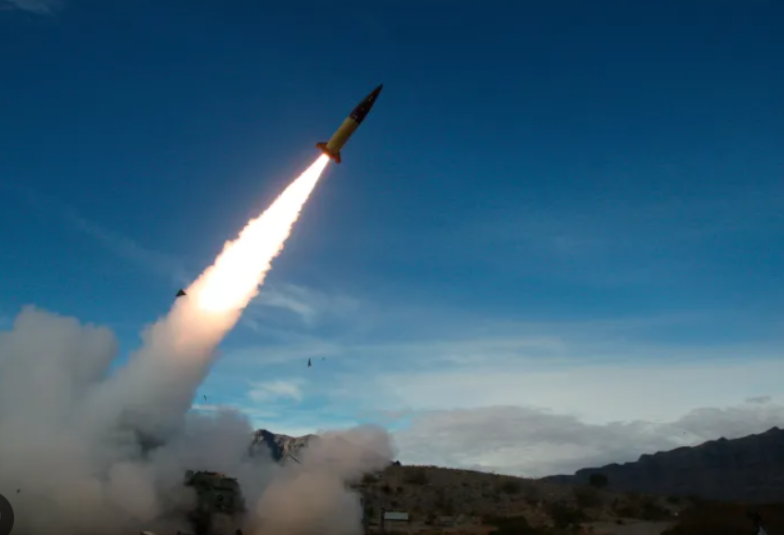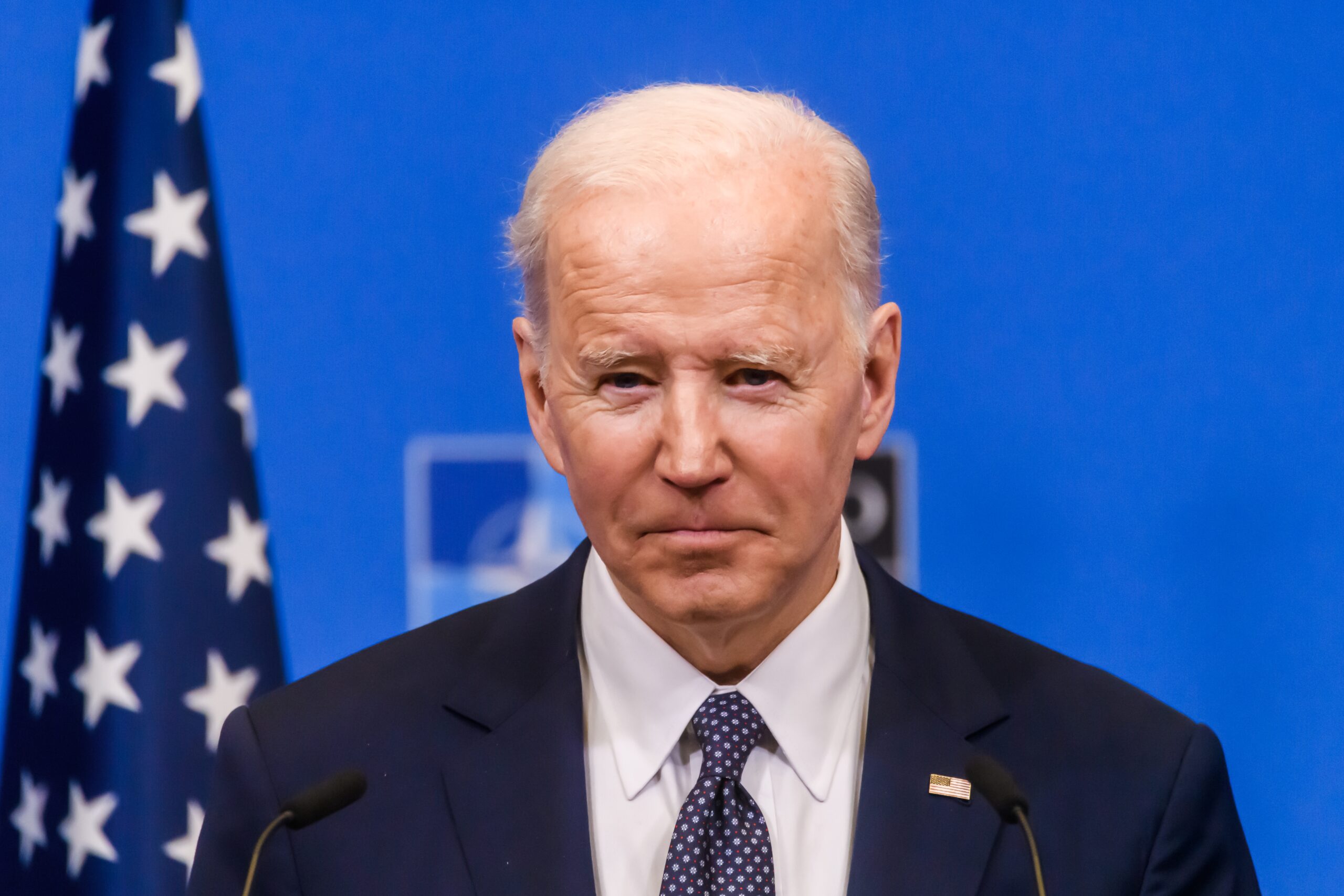[ad_1]
HOUSTON (Reuters) – Texas Governor Greg Abbott on Sunday estimated damage from Hurricane Harvey at $150 billion to $180 billion, calling it more costly than epic hurricanes Katrina or Sandy and fueling a debate over how to pay for the disaster.
Harvey, which first came ashore on Aug. 25 as the most powerful hurricane to hit Texas in 50 years, has killed an estimated 47 people, displaced more than 1 million and damaged some 200,000 homes in a path of destruction stretching for more than 300 miles (480 kms).
Abbott, who is advocating for U.S. government aid for his state’s recovery, said the damage would exceed that of Katrina, the storm that devastated New Orleans and surrounding areas in 2005, and Sandy, which overwhelmed New York city and the U.S. Northeast in 2012.
“Katrina caused if I recall more than $120 billion but when you look at the number of homes and business affected by this I think this will cost well over $120 billion, probably $150 to $180 billion,” Abbott told Fox News, adding, “this is far larger than Hurricane Sandy.”
The administration of U.S. President Donald Trump has asked Congress for an initial $7.85 billion for recovery efforts, which Abbott called a “down payment.”
Even that amount could be delayed unless Congress quickly increases the government’s debt limit, U.S. Treasury Secretary Steven Mnuchin said on Sunday. The United States is on track to hit its mandated debt limit by the end of the month unless Congress increases it.
“Without raising the debt limit, I am not comfortable that we will get money to Texas this month to rebuild,” Mnuchin told Fox News.
Beyond the immediate funding, any massive aid package faces budget pressures at a time when Trump is advocating for tax reform or tax cuts, leading some on Capitol Hill to suggest aid may be released in a series of smaller appropriations.
The head of the U.S. Federal Emergency Management Agency (FEMA) called federal aid a “ray of hope” but said state and local officials also needed to do their part.
“They can’t depend only on federal emergency management,” FEMA Administrator Brook Long told CBS News.
FORCED EVACUATIONS
Houston was still struggling to recover on Sunday, when the city forced the evacuation of thousands of people on the western side of town to accommodate the release of water from a pair of reservoirs that otherwise might sustain damage. The storm stalled over Houston, dumping more than 50 inches (127 cm) on the region in a matter of days.
The city cut off power to homes on Sunday morning to encourage evacuations, but conflicting information about who must leave angered some residents.
The area was barricaded and military vehicles were stationed on the periphery to take people out. Some living near the reservoirs were told their homes were in danger of new flooding and would not be allowed to return if they left.
“It’s hard to get the real story. We’re having to make decisions on what we do day by day. Do we stay or go?” said Todd Kellenbenz, who lives in the affected area.
About 37,000 refugees stayed overnight in 270 shelters in Texas plus another 2,000 in seven Louisiana shelters, the highest number reported so far by the American Red Cross.
Some 84,700 homes and businesses were without power on Sunday, down from a peak of around 300,000, according to the region’s major electric companies.
But Houston Mayor Sylvester Turner said his city was making progress on several fronts, resuming city services and helping get people into housing and out of emergency shelters.
“This is a can-do city. We’re not going to engage in a pity party,” Turner told CBS News.
Colonial Pipeline expects on Monday to reopen a segment of its system to transport distillates from Houston to Hebert, Texas, the company said on Sunday, and the line would be ready to move gasoline on Tuesday.
Colonial Pipeline’s 5,500-mile (8,850 km) pipeline system begins in Houston and ends in Linden, New Jersey, serving seven airports and other facilities.
Trump visited Houston on Saturday to meet evacuees and rescue workers, an opportunity to show an empathetic side after some criticized him for staying clear of the disaster zone during a previous visit on Tuesday. Trump had said he did not want to hamper rescue efforts.
Trump and his wife Melania marked a national day of prayer for hurricane victims on Sunday by attending church services at St. John’s Episcopal Church near the White House.
Reporting by Marianna Parraga and Gary McWilliams in Houston and Steve Holland in Washington; Writing by Daniel Trotta; Editing by Phil Berlowitz
[ad_2]
Source link







Leave a Reply